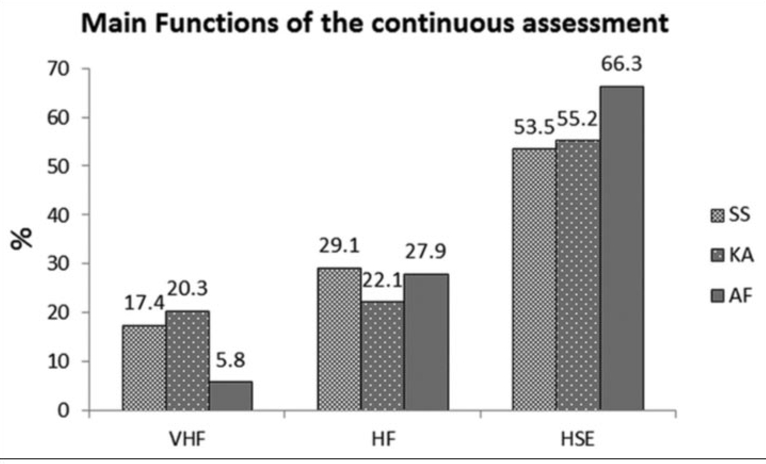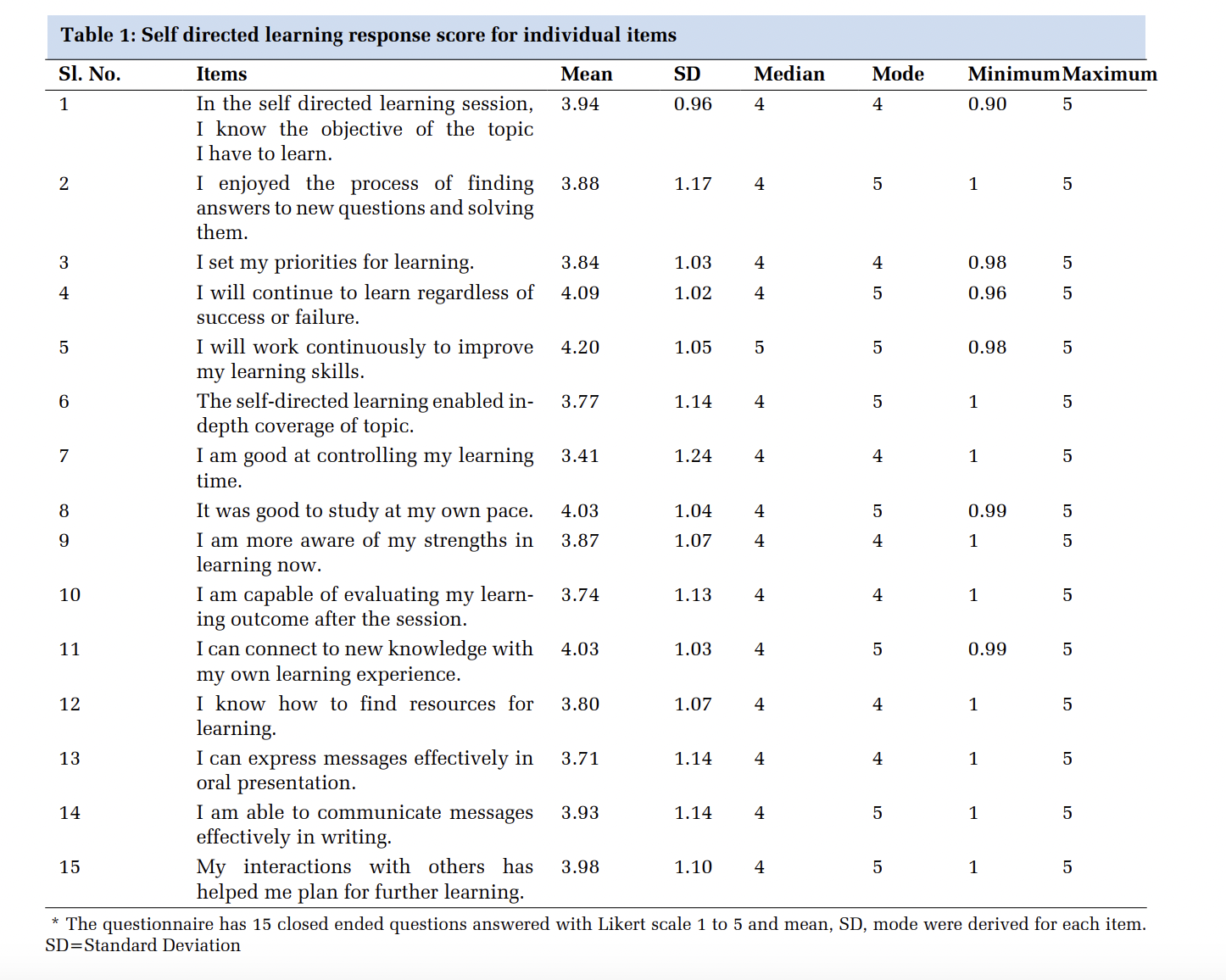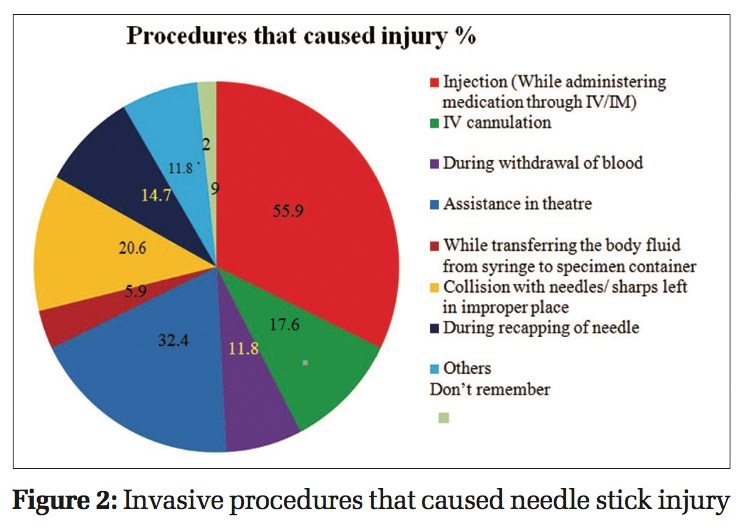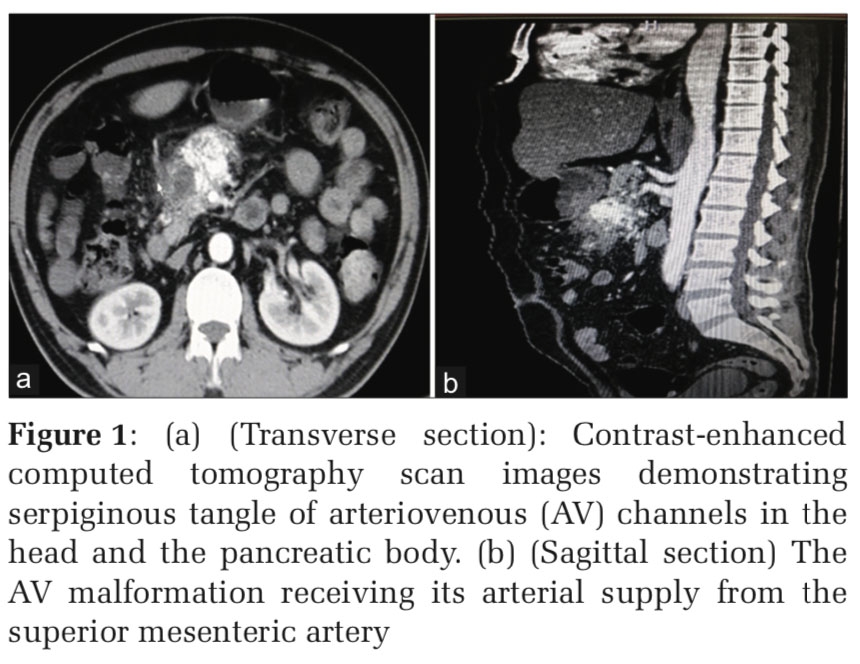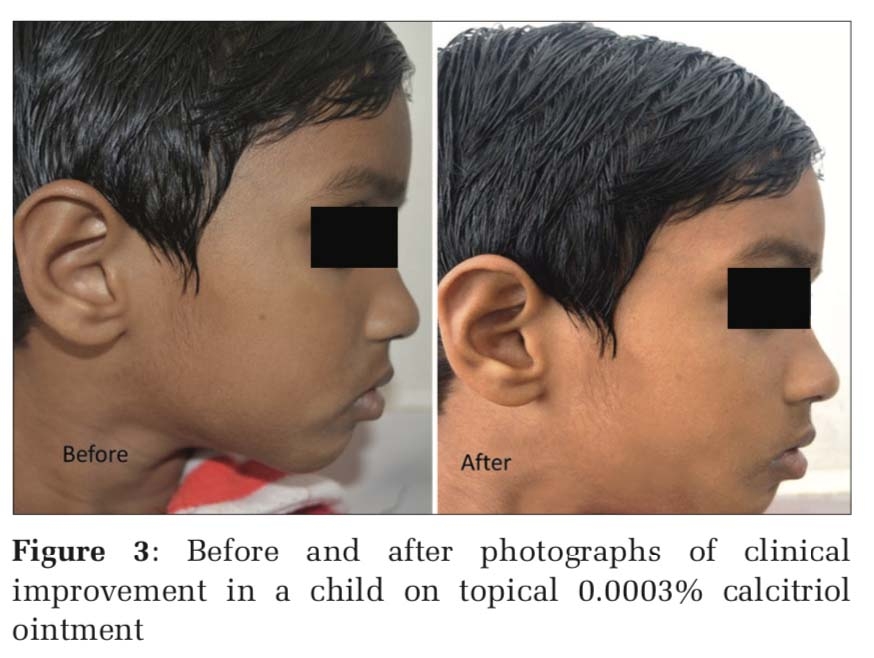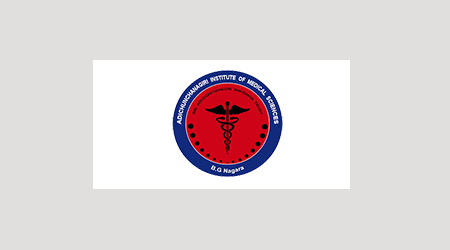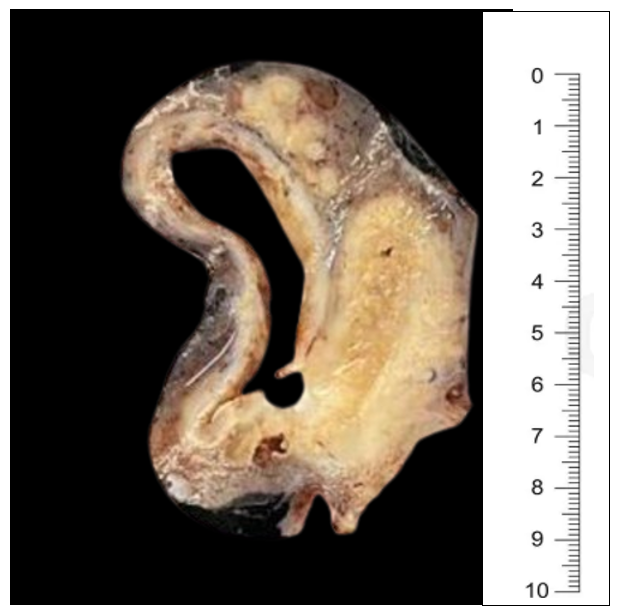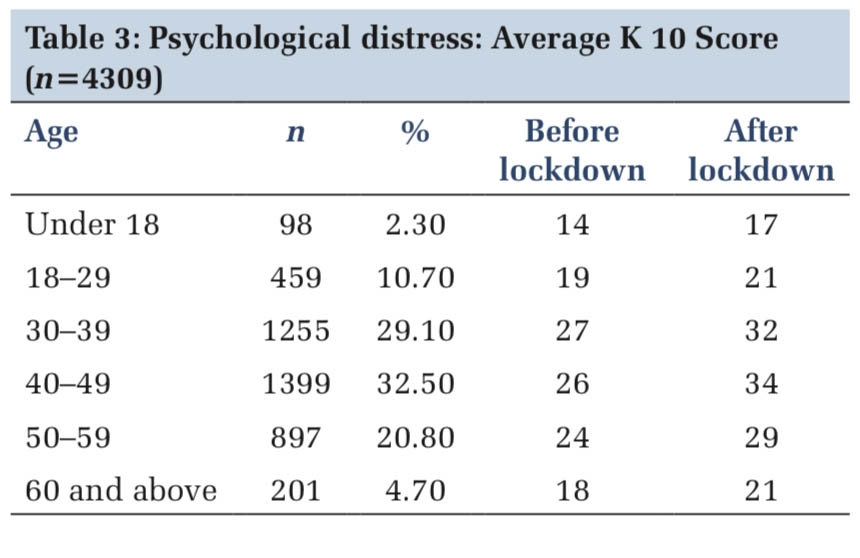Introduction
Diabetes has become a major cause of morbidity and mortality and its global prevalence is growing rapidly. According to International Diabetes Federation there were 366 million people with diabetes in 2011 and this is expected to rise to 552 million by 2030 1. The epidemic of diabetes has been linked to change in modern lifestyle and rise in obesity 2, 3. Susceptible over nourished individuals develop type 2 diabetes owing to the failure of adaptive responses to safely dispose of the fuel surfeit 4. India is the diabetes capital of the world; every fifth diabetic in the world is an Indian 5. Since India has a rich wealth of medicinal plants and the potential to accept the challenge to meet the global demand for them 6, Indian medicinal herbs need to be explored for their efficacy in obese diabetics.
Nigella sativa (NS) (Black cumin), an annual herbaceous plant of the Ranunculaceae family, is a commonly used spice in Indian food and has been used for medicinal purposes in Asian and African countries 7. Several beneficial pharmacological properties have been attributed to it such as antihyperglycemic 8, antiobesity 9, antihyperlipidemic 10, antimicrobial 11, antiviral 12, hepatoprotective13 and nephroprotective 14 activities. Nigella sativa extracts have shown promising results as an antidiabetic agent in Streptozotocin-induced diabetic rats by exerting a therapeutic and protective effect on the pancreas, by decreasing oxidative stress and preserving B-cell integrity 15. It has also been found to increase serum insulin, and decrease the diabetes induced hyper-glycaemia 16. It has also shown favorable efficiency on total cholesterol and Low Density Lipoprotein (LDL) reduction and has anti-atherogenic properties17 by two main mechanisms; first uptake of LDL-cholesterol via up regulation of LDL receptor gene and second, inhibition of cholesterol synthesis via suppressing the HMG-COA reductase gene 18. However, to the best of our knowledge, its effect on diabetic rats on high fat diet has not been studied.
In our present research we have studied the effects of NS seeds on lipid profile and plasma glucose level in diabetic rat models that have been fed with high fat diet. These parameters were also studied in experimental animals treated with metformin which helped us to compare the effectiveness of alternative preparation-NS with that of metformin.
Materials and Methods
Materials
N. sativa seeds were obtained from NBRI (National Botanical Research Institute), Lucknow and were authenticated by a botanist at the same institute. High fat diet (HFD) was composed of 300 g concentrates, 350 corn, 300 g beef tallow, 50 g vitamins, minerals and fibers. Composition of HFD was 20% crude protein, 35% fat, 40 % CHO (starch 35%, 5% sucrose) 5% vitamins and minerals and fibers. Metabolic energy of this diet was 5130 Kcal /kg, 61% of this energy was from fat 19. Streptozotocin was obtained from Sigma Aldrich, USA. Metformin was procured from Novartis, India
Extract preparation
Ethanolic extract of N. sativa seeds was prepared by maceration. 50 mg seeds were soaked in 150 ml analytical grade ethanol for 7 days with frequent stirring with a sterile glass rod. After 7 days, extract was filtered using Whatman Filter paper- No. 1 and the filtrate concentrated using Rotary Evaporator and stored at 4°C till further use 20.
Experimental animals
All experimental procedures were performed after approval from Institutional Animal Ethics Committee and as per the guidelines of Animal Care by, Committee for the Purpose of Control and Supervision of Experiments on Animals (CPCSEA), India. Male Wistar rats (200-250 gm) were obtained from Central Drug Research Institute, Lucknow. Animals were kept in the institutional animal house under 12 hour day and night cycle under standard conditions. Rats were given food and water ad libitum.
Experimental design
Diabetes mellitus was induced using Streptozotocin 21. After overnight fasting, single intra-peritoneal injection of Streptozotocin 50mg/Kg was given. Then the animals were allowed to drink 5% glucose solution overnight to overcome drug-induced hypoglycemia. After a week’s time for development of diabetes, diabetic rats (blood glucose above 250 mg/dl) were fed a HFD for 4 weeks and then divided into following four experimental group of 6 rats each.
Control Group: Diabetic control was given Distilled Water orally.
N. sativa 300: animals were given N. sativa ethanolic extract 300mg/kg body weight orally for 7 days.
N. sativa 600: N. sativa ethanolic extract 600mg/kg body weight orally for 7 days.
Metformin Group: Metformin 100mg/kg/day orally for 7 days.
Hypoglycemic and hypolipidemic activity
On Day 0 and Day 7 of the study 1ml of blood was withdrawn from tail vein and sent for analysis of lipid profile and blood glucose. Lipid profile and blood glucose were measured using autoanalyser.
Abdominal circumference (AC) 22 was assessed on the largest zone of the rat abdomen using a plastic non extensible measuring tape with an accuracy of 0.1 cm. AC corresponds to visceral fat mass in rodents.
Statistical analysis
ANOVA was used for comparison of lipid profile, blood glucose, body weight and AC among different groups. Relationships between body weight, AC and response to drug treatment were measured using Pearson’s Test.
All the analyses were done using SPSS 17.0 version and P value<0.05 was considered as significant.
Results
Change in body weight and abdominal circumference
There was a significant increase in body weight (BW) and AC of all the DM rats fed on HFD as shown in Table 1. According to table 1.2 no significant difference was seen between the various groups in BW, AC, blood glucose, lipid profile – total cholesterol (TC), High Density Lipoprotein (HDL), Triglyceride (TG), Low Density Lipoprotein (LDL), Very Low Density Lipoprotein (VLDL) – at day 0 before starting treatment. After 7 days of treatment with vehicle, NS 300mg/kg, NS 600 mg/kg or metformin 100mg/kg, no significant difference was seen in BW (p >0.05) or AC (p >0.05).
|
|
Body weight (g), Mean (CI) |
Abdominal Circumference (cm), Mean (CI) |
||
|
Groups |
Day 0 |
Day 7 |
Day 0 |
Day 7 |
|
Control |
187.5[168.2-206.8] |
196.7[174.0-219.3] |
14.3[13.3-12.4] |
13.4[12.4-14.4] |
|
NS 300mg/kg |
176.7[158.3-195.1] |
190.3[168.3-198.4] |
13.4[12.7 -14.5] |
12.7[12.2-13.2] |
|
NS 600mg/kg |
194.2[177.1-211.22] |
183.8[183.1-198.6] |
12.9[12.1-13.6] |
12.6[12.1-13.2] |
|
Metformin |
186.7[169.8-203.5] |
181.7[167.3-196.0] |
13.3[12.1-14.4] |
12.7[12.1-13.4] |
|
Anova values |
|
|
|
|
|
F |
1.073 |
1.269 |
0.639 |
1.788 |
|
P |
.383 |
0.312 |
0.599 |
0.182 |
Hypoglycemic activity
A highly significant difference (p < 0.001) was seen in glucose levels of the various groups.
A significant decrease in blood glucose was seen in rats treated with NS or metformin as compared to control group as is seen in Table 2. No significant difference was seen between the groups taking NS or metformin indicating comparable efficacy of these drugs.
|
|
Glucose |
Total Cholesterol |
||
|
Day 0 |
Day 7 |
Day 0 |
Day 7 |
|
|
Control |
331.0 [253.8- 408.1] |
374.0 [300.1- 447.8] |
83.8n[79.5- 88.1] |
89.5 [78.2- 100.8] |
|
NS 300mg/kg |
294.8 [242.2- 347.4] |
175.8 [123.5- 228.1] |
83.5 [78.7- 88.2] |
66.4 [61.6- 71.3] |
|
NS 600mg/kg |
272.6 [245.9- 299.4] |
126.5 [100.1- 113.3] |
83.3 [78.8-87.8] |
63.5 [60.2- 66.7] |
|
Metformin |
297.0 [248.7- 345.2] |
128.6 [80.1- 177.3] |
84.1 [79.7-88.5] |
62.8 [57.4- 68.3] |
|
Anova values |
|
|
|
|
|
F |
1.303 |
35.666 |
0.444 |
22.347 |
|
P |
0.301 |
0.000 |
0.987 |
0.000 |
Effect on lipid profile
Total Cholesterol
Highly significant difference (p < 0.001) was seen at day 7 in serum cholesterol levels of different groups. Cholesterol levels were significantly lower in groups receiving NS or metformin as indicated by Table 3. No significant difference was seen between NS and metformin groups.
|
|
Low Density Lipoprotein [CI] |
High Density Lipoprotein |
Triglyceride |
Very Low-Density Lipoprotein |
||||
|
|
Day 0 |
Day 7 |
Day 0 |
Day 7 |
Day 0 |
Day 7 |
Day 0 |
Day 7 |
|
Control |
6.9 [4.1- 9.8] |
6.7 [5.5- 7.9] |
49.1 [46.1- 52.2] |
50.0 [47.6- 52.3] |
138.5 [114-162.3] |
166.4 [96.9- 235.8] |
27.7 [22.9- 32.4] |
12.4 [33.2- 19.4] |
|
NS 300 mg/kg |
7.0 [3.6- 10.3] |
5.4 [1.7- 9.2] |
48.6 [44.5- 52.7] |
48.6 [45.8- 50.7] |
139.1 [115.2- 163.0] |
63.2 [53.8- 72.7] |
27.8 [23.0- 32.6] |
47.1 [12.6- 10.7] |
|
NS 600 mg/kg |
6.1 [2.4- 9.6] |
3.7 [0.2- 7.2] |
49.6 [47.3- 52.0] |
48.3 [45.4- 51.9] |
138.0 [115.0- 160.9] |
55.5 [48.6- 62.3] |
27.6 [23.0- 32.1] |
14.5 [11.1- 9.7] |
|
Metformin |
7.8 [4.7- 10.8] |
3.5 [1.1- 5.9] |
48.8 [45.7- 51.9] |
45.1 [40.9- 49.3] |
137.6 [115.2- 160.1] |
71.0 [50.3- 91.7] |
27.5 [23.0- 32.0] |
14.2 [10.1- 18.3] |
|
Anova values |
|
|
|
|
|
|
|
|
|
F |
.315 |
1.792 |
.125 |
2.772 |
.005 |
13.251 |
.005 |
13.251 |
|
P |
0.814 |
0.81 |
.944 |
.068 |
.999 |
.000 |
.999 |
.000 |
High Density Lipoproteins
At day 7, the HDL levels in all the groups were similar (p >0.05) showing that NS or metformin did not significantly affect HDL levels as seen in Table 3.
Triglycerides
A highly significant difference was seen between the different groups in TG levels on day 7. However, TG level was significantly lower than control only in group receiving 600 mg/kg NS extract as seen in Table 3.
Low Density Lipoprotein
hows highly significant difference (p < 0.001) at day 7 in LDL levels of different groups.LDL levels were significantly lower in groups receiving NS or metformin. No significant difference was seen between NS and metformin groups.
Very Low Density Lipoprotein
A highly significant difference was seen between the different groups in VLDL levels on day 7as shown in Table 3. However, VLDL was significantly lower than control only in group receiving 600 mg/kg NS extract.
Correlation between body weight and effect of Nigella sativa
As seen in Table 4 and Figure 1 glucose levels at Day 7 in rats receiving 600 mg/kg NS extract were found to be negatively correlated with their body weight.
|
|
B.WT0 |
AC0 |
GLU7 |
TC7 |
LDL7 |
HDL7 |
TG7 |
VLDL7 |
|
|
B.WT0 |
Pearson Correlation |
1.000 |
.792 |
-.820 |
-.429 |
.227 |
-.547 |
-.305 |
-.305 |
|
Sig. (2-tailed) |
. |
.060 |
.046* |
.396 |
.666 |
.262 |
.557 |
.557 |
|
|
N |
6 |
6 |
6 |
6 |
6 |
6 |
6 |
6 |
|
|
AC0 |
Pearson Correlation |
.792 |
1.000 |
-.497 |
-.467 |
.081 |
-.501 |
-.129 |
-.129 |
|
Sig. (2-tailed) |
.060 |
. |
.316 |
.351 |
.878 |
.312 |
.808 |
.808 |
|
|
N |
6 |
6 |
6 |
6 |
6 |
6 |
6 |
6 |
|

Discussion
Our study is in line with that of Qidwai et al, 2009 23 who reported that NS seeds reduced BW, BMI and waist-hip ratio, but the results were not statistically significant. In our study a highly significant decrease in glucose levels was seen after administration of NSE which was comparable to metformin. This is in confirmation with the study of Al Awadi FM et al, 1985 24, who reported a significant decrease in blood glucose produced by a plant mixture containing N. sativa.
Our study also confirms the study of Fararh et al., 200225 and El-Dakhakhny et al., 200226 who reported anti-hyperglycemic effects of NS oil in Nicotinamide-STZ induced DM hamsters, and STZ DM rats respectively.
In the present study NS effectively reduced TC, TG and VLDL levels. This confirms earlier studies which showed significant decrees in VLDL, TG and TC levels, by NS seeds in Wistar Albino rats27 as well as in humans 23. However, no significant change was seen in HDL and LDL levels. Kocyigit et al, 2009 18 reported a significant decrease in LDL and an increase in HDL levels in rats. The difference may be because the rats used in this study were non-diabetic while we used diabetic rats in our study.
A negative correlation was seen between BW before start of treatment and blood glucose levels at the end of NS treatment. This shows that NS is more effective in reducing BG if BW is higher. The reason for this is that higher BW is associated with insulin resistance. NS treatment has been shown to improve glucose tolerance as effectively as metformin 18.
Our study also confirms the study of Najmi A et al 28 who reported that NS treatment significantly reduced blood glucose levels in patients of Insulin Resistance Syndrome. The anti-hyperglycemic activity of NS may be due to insulino-tropic 25 as well as extra-pancreatic 26 effects of NS which may be attributed to the presence of Thymoquinone 16. The antihyperglycemic and hypolipidemic activity of NS coupled with its antioxidant activity against atherogenic diet induced stress 27, 18 shows that it can be used as an important food supplement in diabetic patients taking high fat diet.
Our study reported superior effect of NSE (600mg/Kg) on Triglyceride levels compared to Metformin, apart from similar effects on other lipid profile parameters, blood glucose and body weight. Moreover several studies have shown beneficial effects of Nigella sativa in prevention or treatment of various comorbidities in people with diabetes, like reduction of CRP levels 29, 30, antioxidant activity 30, nephroprotective effect 31, and improvement of endothelial function 32. This indicates the positive implication of using the NSE over metformin
Conclusion
Nigella sativa shows anti-hyperglycemic effects in diabetic high fat diet fed rats which is comparable to metformin. It also causes decrease in TC, TG and VLDL. Although further studies are required to advocate its use in obese DM patients.
Acknowledgement
This research was part of Short Term Studentship (STS) program of Indian Council of Medical Research (ICMR) which supports research of Undergraduate medical students.
Conflict of Interest: None
Role of Funding Source: This research was supported by intramural funding from management of Era’s Medical College and Hospital, Lucknow, U.P., India-226001.
Abbreviations
High density lipoprotein [HDL], Nigella sativa ethanolic extract [NSE], triglyceride [TG], very low density lipoprotein [VLDL]



